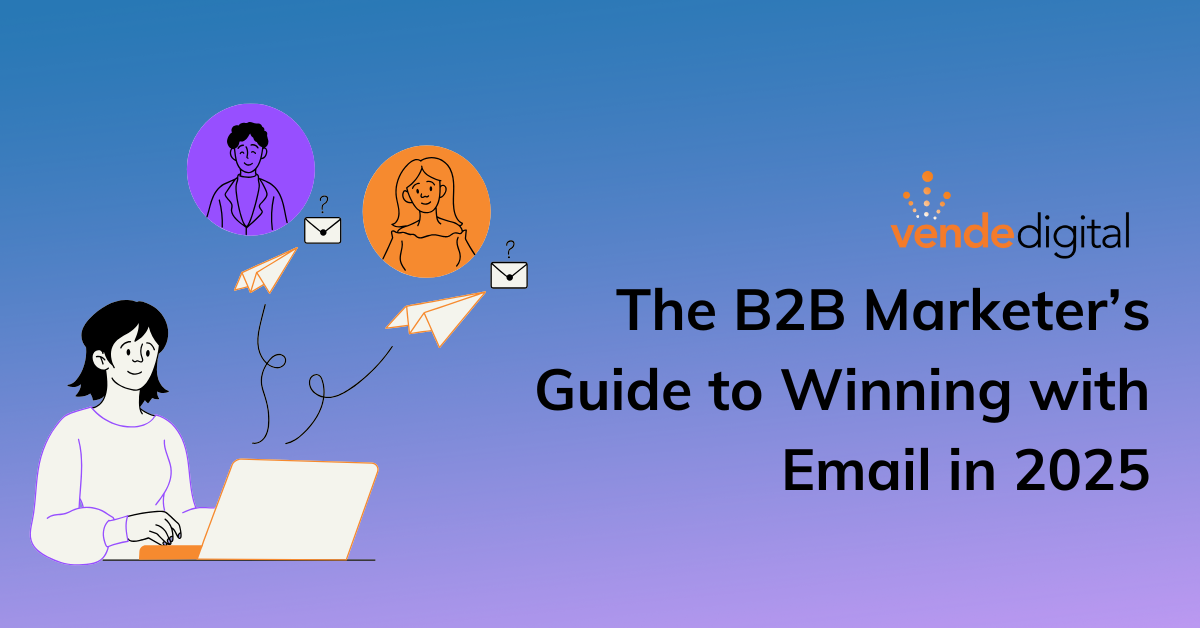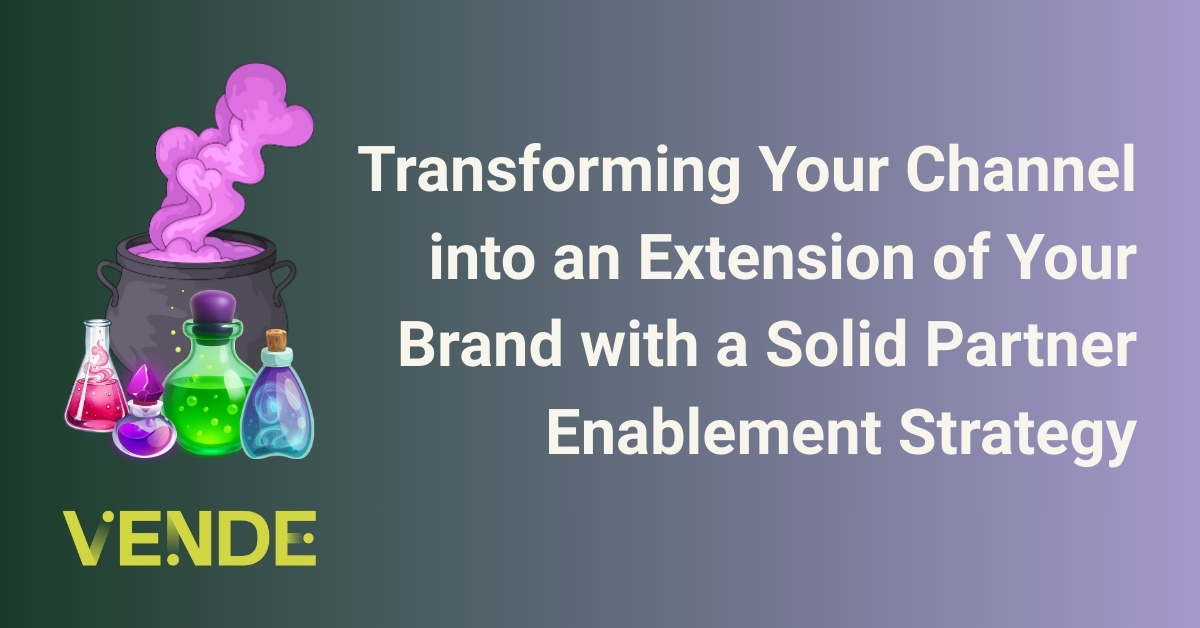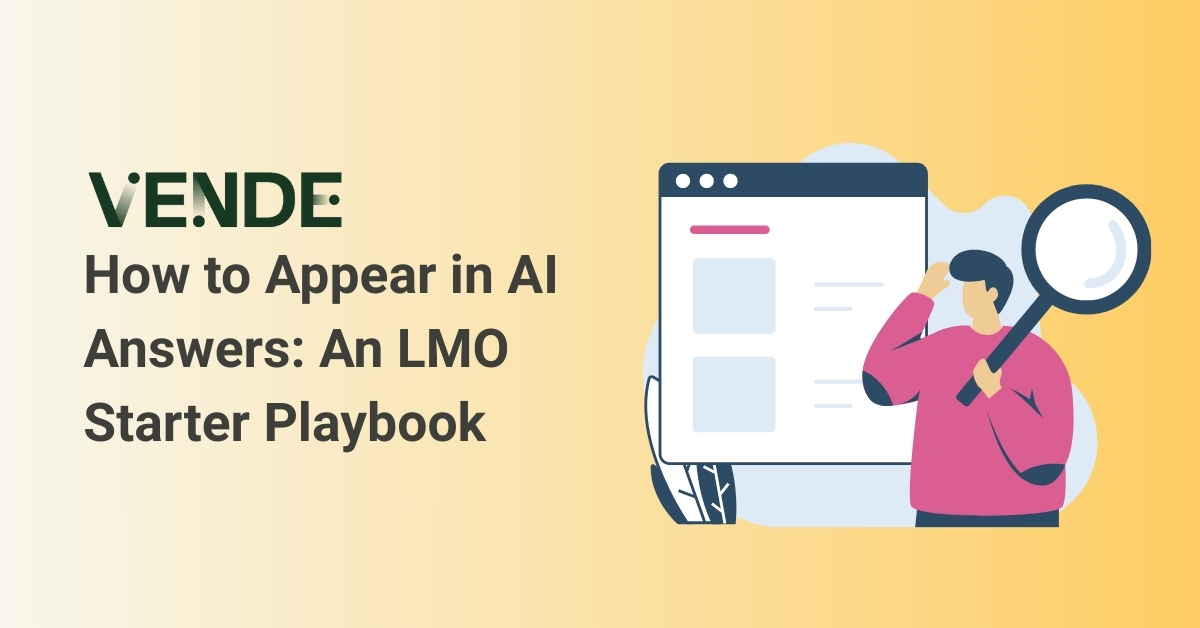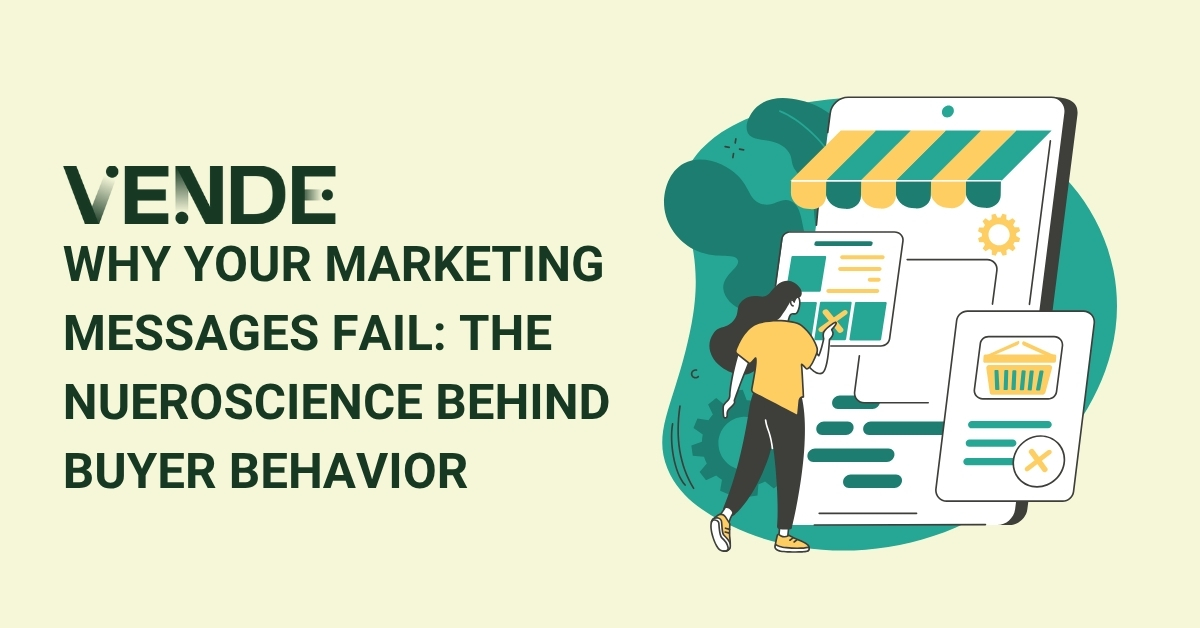
The B2B Marketer’s Guide to Winning with Email in 2025
Email marketing isn’t going anywhere—but it’s not staying the same, either. We’ve had countless conversations with B2B marketers about their challenges, and one thing is clear: what worked even a few years ago simply doesn’t cut it anymore.
With tighter privacy regulations, smarter audiences, and inboxes bursting at the seams, the email game has changed. Yet, email remains one of the most effective tools for driving engagement and revenue. The key? Adapting your strategy to partner in your customer's pursuit.
We recently ran a survey on LinkedIn to learn more about the biggest email marketing challenges B2B marketers anticipate for 2025. The results were eye-opening:
- 37% struggle with getting more opens and clicks.
- 31% are focused on using automation the right way.
- 17% want to leverage AI effectively for personalization.
- 15% are working to build an owned list.
These insights confirm the obstacles we see every day and emphasize the importance of adapting email strategies to meet these challenges. In this blog, we’ll unpack these hurdles and explore actionable solutions to bring it all together.
Standing Out in Crowded Inboxes
B2B marketers face an uphill battle: inboxes are overcrowded, and your emails compete with dozens of others for attention. Open rates are dropping, and even when emails are opened, clicks don’t always follow.
How to Make Your Emails Stand Out
- Curiosity-Driven Subject Lines: Don’t state—intrigue. Instead of “Download Our 2025 B2B Marketing Guide,” try “Why 78% of B2B Marketers Miss This Key Metric.” Pair it with preview text that builds anticipation. For example: “Discover the critical metric most B2B marketers overlook—and why it could change your strategy.”
- Behavior-Based Personalization: Use data to tailor emails based on actions. For instance, if someone clicked on your pricing page but didn’t convert, send a follow-up email addressing common concerns or a customer testimonial.
- Send at the Right Time: Use tools to test different send times by persona. Early mornings might work for executives, while mid-afternoons could be better for managers.
- Don’t be Afraid to Go Negative: Negative tone subject lines, such as “Don’t Make These 5 Mistakes,” can increase open rates by 34% (Worldata Research 2024 Performance Report).
- Leverage Visual Previews: Embed clickable thumbnails for guides or webinars to create visual calls to action.
- Optimize the Sender’s From Name: The “From” field is key to boosting email open rates in B2B marketing. Emails from a recognizable name, like a sales rep, founder, or subject matter expert, build trust and increase open rates. The “From Address” is effectively the first part of the subject line.
Well-crafted emails that address specific pain points and opportunities resonate better with recipients. This ensures consistency in communication while reducing the effort required to scale outreach.
Scaling Personalization
Personalization drives results, but scaling it to hundreds (or thousands) of leads feels impossible. Generic messaging doesn’t resonate, and fully customizing each email seems out of reach.
How to Personalize Your Emails without Burning Out
- Use Dynamic Content Fields: These allow you to swap in role- or industry-specific case studies and benefits without manually creating separate emails for each segment.
- Leverage AI for Persona-Based Messaging: AI tools can help craft emails tailored to different personas. For example, “For SaaS Sales Leaders: Reduce Lead Response Time by 50%.” Personalized emails improve click-through rates by 41% (Worldata Research 2024 Performance Report).
- Automate Triggers for Key Actions: If someone downloads a guide, follow up with related content automatically.
- Use AI for Strategic Insights: Leverage AI's power to uncover patterns and align individual messaging with strategic initiatives. AI can scan job postings, read websites, and review press releases and industry reports to identify relevant trends and opportunities, saving marketers significant time while enhancing relevance.
Scaling personalization effectively means using tools, dynamic content, and AI to make emails feel human without manual labor. The result? Relevance and resonance at scale.
Building a Reliable, Owned List
Borrowed audiences (like social connections and purchased lists) aren’t reliable long-term. Algorithms can change, and lists often lack quality. Without an owned list, you always depend on external platforms to reach your audience.
How to Build Your Own List
- Offer Creative Content Upgrades: Instead of fully gating resources, find innovative ways to capture email addresses. As Chuck Moxley shared during a recent Demand Gen Jam Session, "We flipped the script by giving away our content upfront but included an option to email it to readers for later. This simple change not only increased downloads but also ensured accurate email addresses because users had to input valid information to receive the content." This strategy provides value immediately while giving users the flexibility to engage further.
- Embed Conversion Opportunities Naturally: Include CTAs in your content—such as offering a related checklist, email reminders for webinars, or downloadable summaries. These "soft gates" don’t restrict access but encourage readers to opt-in for more value.
- Build a Niche Buyer Community: Create an online space for your target audience, such as a LinkedIn group, Slack workspace, or forum on your site. Communities help you build an owned list and learn directly from your buyers. At Vende, we’ve built a community of B2B marketers through our Demand Gen Jammers Group, focusing on building relationships and sharing the latest in B2B demand generation.
- Host Interactive Experiences: Webinars, quizzes, and live Q&A sessions are great for capturing emails while engaging your audience. Consider making a recurring virtual series for your audience. For example, in 2022, we started the Demand Gen Jam Sessions—a series of webinars hosted live each month. Our first event only had 20-30 people in attendance; now, we have 100+ at each event. All this helps us build a list of prospects, humanize our brand, and feed our content flywheel.
- Partner with Complementary Brands: Co-create content with non-competitive partners and share the leads.
A reliable, owned list gives you control and ensures you communicate directly with your audience—a critical step in creating long-term relationships and avoiding platform dependency.
Need help evaluating your email strategy and building a list that works? Download our free resource: the Diagnostic Checklist for B2B Email Marketing.
Using Marketing Automation Effectively
Many marketers invest in marketing automation tools but only scratch the surface of what they can do. Poorly optimized workflows lead to irrelevant emails, missed opportunities, and frustrated teams.
How to Use Marketing Automation Effectively
- Focus on Lifecycle Workflows: Build campaigns tailored to each stage of the buyer’s journey—awareness (educational content), consideration (case studies), and decision (demos or trials).
- Set Real-Time Alerts for Sales: Notify your sales team when a lead engages with high-intent content, like visiting the pricing page.
- Implement Lead Scoring Models: Automate prioritization by assigning scores based on behaviors (e.g., opening emails, and downloading guides).
- Review and Adjust Regularly: Monitor your workflows and optimize them to align with changing audience behavior. For example, triggered emails have a 95% higher open rate than regular mass emails (Worldata Research 2024 Performance Report).
- Use AI to Enhance Workflow Efficiency: Kyle Coleman, CMO of Copy.ai, suggests using AI to analyze large data sets, such as 10-K filings, job postings, or press releases, to extract insights about strategic initiatives. This allows marketers to craft automation workflows that align more closely with the goals of their target accounts, making every touch point more impactful.
- Maximize Sequences: Sequences are a powerful tool for aligning email outreach with the buyer’s journey. Design sequences strategically—e.g., welcome sequences for awareness, consultation offers for consideration, and pricing details for decision stages. Limit sequences to three emails to avoid overwhelming contacts and incorporate helpful insights, social proof, and direct CTAs for optimal engagement. Automation features like automatic unenrollment upon a response or task integration ensure efficient lead nurturing.
When automation is well-executed, it enables marketers to nurture leads with precision and scale while freeing up time for higher-level strategic tasks.
Struggling with CRM challenges? Download our free guide: Common CRM Challenges and Solutions for B2B Marketers.
Creating Fresh, Engaging Content
Marketers struggle to consistently create fresh, valuable content. Emails feel repetitive, and engagement drops. Prospects lose interest, making it harder to nurture relationships or drive conversions.
How to Fix It:
- Repurpose High-Performing Content: Turn a popular webinar into a three-part email series or an infographic into a quick-hit email.
- Build an Internal Content Library: Store reusable templates, messaging frameworks, and curated assets to save time.
- Use Creative Language: Including business slang like “Chef’s Kiss” or “TL;DR” in subject lines can increase open rates by 15-20% (Worldata Research 2024 Performance Report).
- Keep Emails Concise: Focus on delivering one clear message per email. Less fluff, more value.
- Map Emails to Buyer Needs: Use experiential marketing insights to align content with the buyer’s journey. For example, at the awareness stage, focus on education and answering questions, while at the decision stage, provide clear next steps like demos or consultations. Remember, people are overwhelmed with choices—your email should make the decision easier.
- Prioritize the “Experiential Journey”: Match the email's tone, content, and design to the next steps the recipient is likely to take. If your email promotes a demo, ensure the landing page experience feels cohesive and aligned with the email content.
Refreshing your content with creativity and variety ensures your audience remains engaged and eager to hear from you instead of tuning you out.
Bringing It All Together: The Vende Email Pipeline Accelerator Framework
Each of these challenges aligns directly with the Vende Email Pipeline Accelerator Framework, which is designed to make your email marketing scalable, efficient, and impactful:
- Qualify: Focus on the right audience to avoid wasted efforts.
- Enrich: Gather meaningful data to enhance targeting and relevance.
- Segment: Group leads based on lifecycle or behavior for precise messaging.
- Automate: Streamline workflows for efficiency and consistency.
- Craft: Develop tailored, value-driven content that resonates.
- Personalize: Go beyond [First Name] to deliver hyper-relevant experiences.
- Deploy: Optimize campaigns with continuous monitoring and improvement.
Following this framework, you can tackle 2025’s biggest email challenges head-on and turn your campaigns into revenue-generating machines.
The Path Forward
Email isn’t just a channel; it’s a strategic asset. But only if you’re willing to adapt. 2025 is the year to leave behind generic, disconnected campaigns and embrace a framework-driven approach that scales, personalizes, and delivers real results.
Are you ready to transform your email strategy? Let’s chat.







